ParaSwap launches intent-based protocol to curb MEV attacks
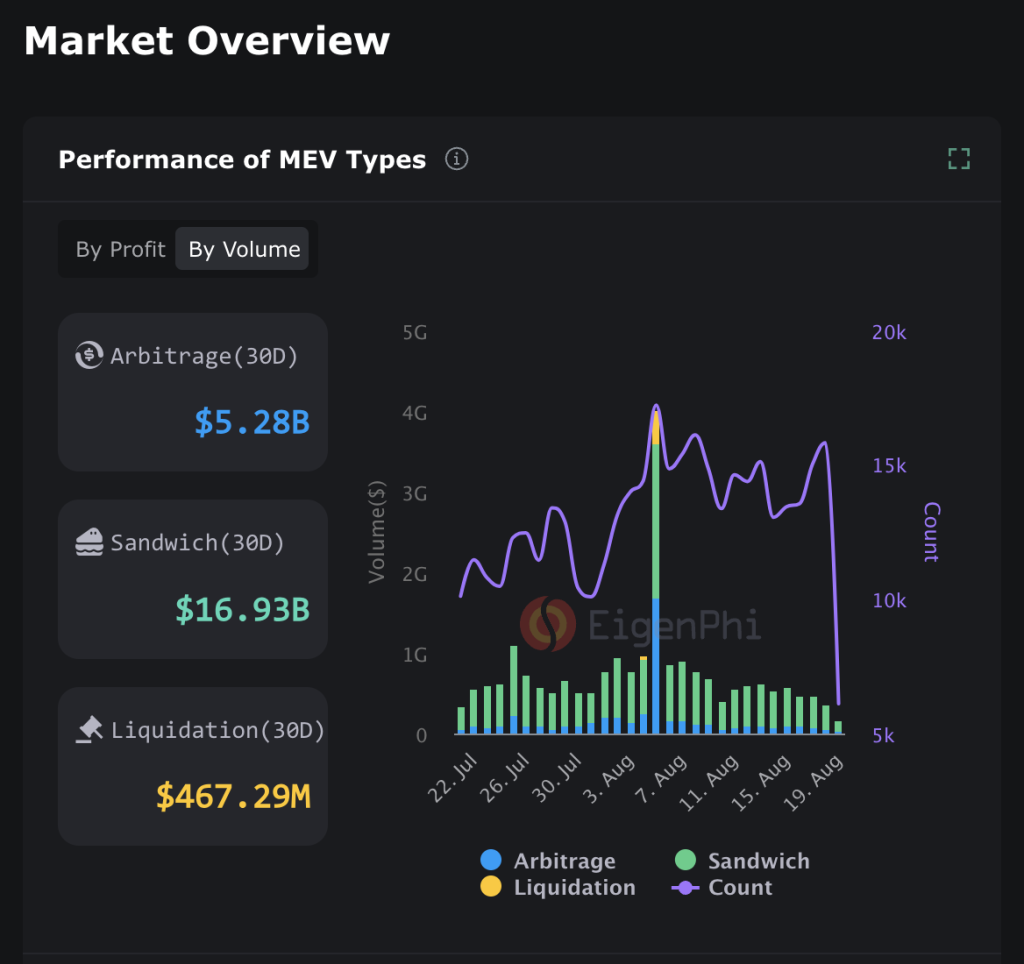
Popular MEV attacks, such as sandwich transactions, have netted attackers nearly $17 billion in the past 30 days.

Decentralized exchange aggregator ParaSwap is launching an intent-based trading protocol designed to mitigate an issue costing millions of dollars on crypto transactions daily: MEV attacks.
“MEV” refers to the “maximal extractable value,” in which validators use their ability to control the order, inclusion and execution of onchain transactions to profit from users. According to data from data platform EigenPhi, attackers have profited nearly $17 billion over the past 30 days from popular attacks such as sandwich transactions.
“MEV has cost users billions, contributing to a degraded user experience and making protocols less efficient in DeFi,” Mounir Benchemled, founder of ParaSwap, told Cointelegraph.
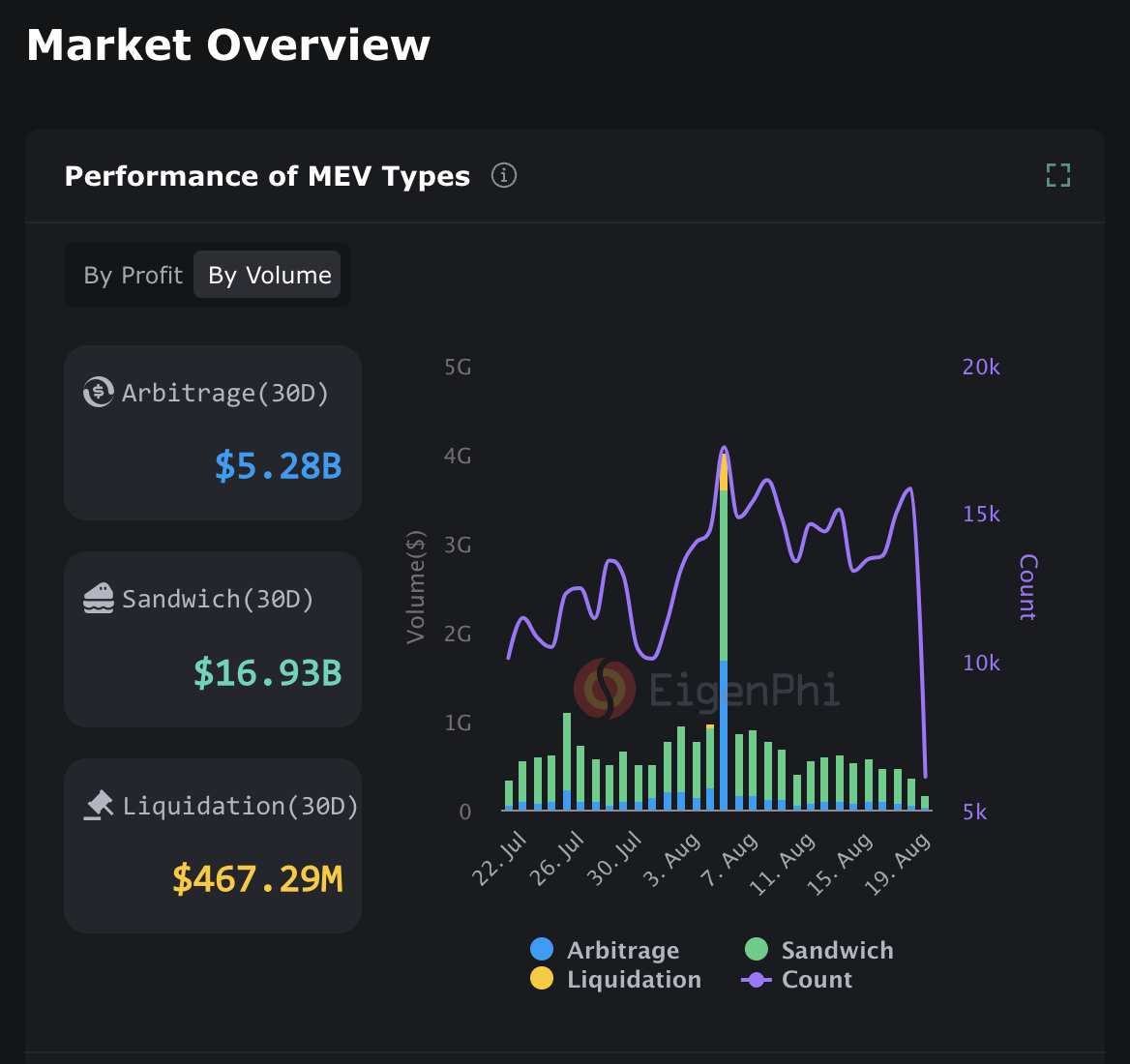
In early 2024, ParaSwap’s team started working on its intent-based trading model to offer MEV protection. The protocol, according to Benchemled, allows users to define their trading “intent” instead of exposing raw transactions to mempools.
The decentralized finance (DeFi) boom of 2021 made MEV extraction especially lucrative. Certain protocols, like Uniswap, were heavily targeted by bots, raising concerns about possible market abuse.
The trader’s intent when executing a transaction could even reduce possible liabilities regarding market manipulation under some jurisdictions, but it does not stop miners and validators from trying to profit from attacks.
“The presence of MEV impacts not only individual transactions but also the overall fairness, accessibility and decentralization of the DeFi ecosystem, making it one of the most pressing issues that needs addressing,” argued Benchemled.
Related: Paradigm calls on European markets regulator to show nuance regarding MEV
ParaSwap’s Delta protocol aims to solve this issue by submitting intended trades in three steps. The process begins with preprocessing, where the user’s intent — such as price range — is defined. This intent is then submitted to an auction where AI agents compete to propose the most efficient execution strategy, considering factors like liquidity and timing. The winning agent executes the trade through the Portikus Swap module, adhering to the user’s intent and minimizing MEV exploitation risk.
Other liquidity aggregators, such as 0x, have also actively developed mitigation strategies for MEV attacks, such as combining transactions into a single batch to reduce opportunities for attacks and mechanisms that prioritize transactions based on other criteria besides profitability, including time priority and a fair distribution of block space.
ParaSwap’s dashboard reports over $76 billion in lifetime transactions conducted through the protocol since 2019. The team’s roadmap includes expanding support for more chains and automated strategies, along with AI-driven agents.
Magazine: DeFi and Ethereum are the ‘new narrative’: Michaël van de Poppe, X Hall of Flame


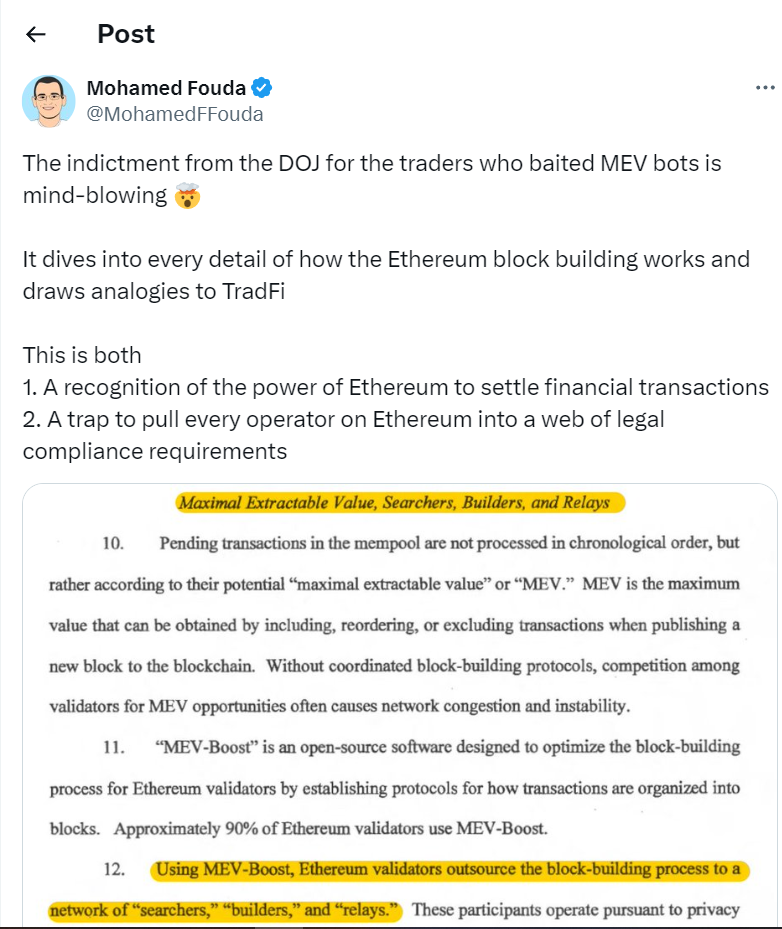
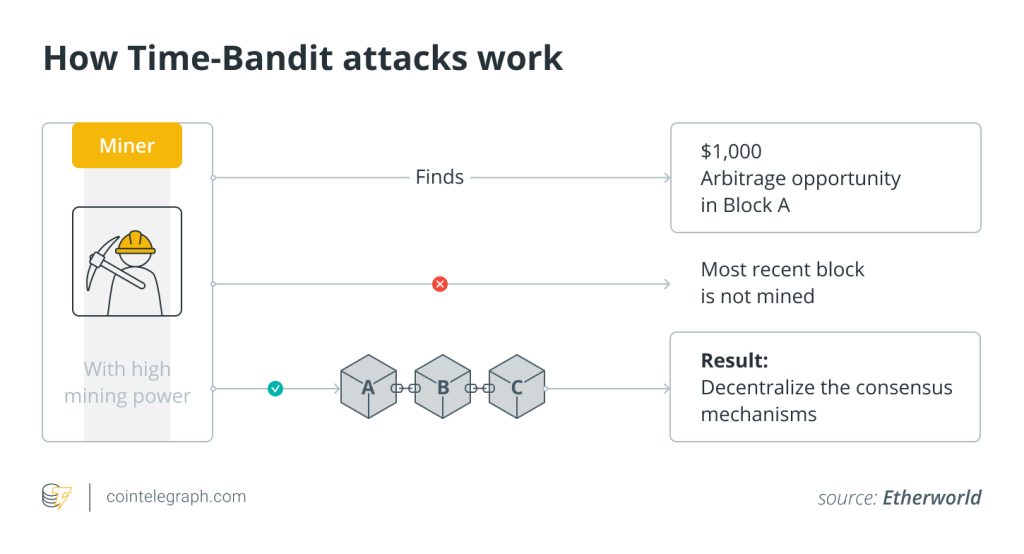
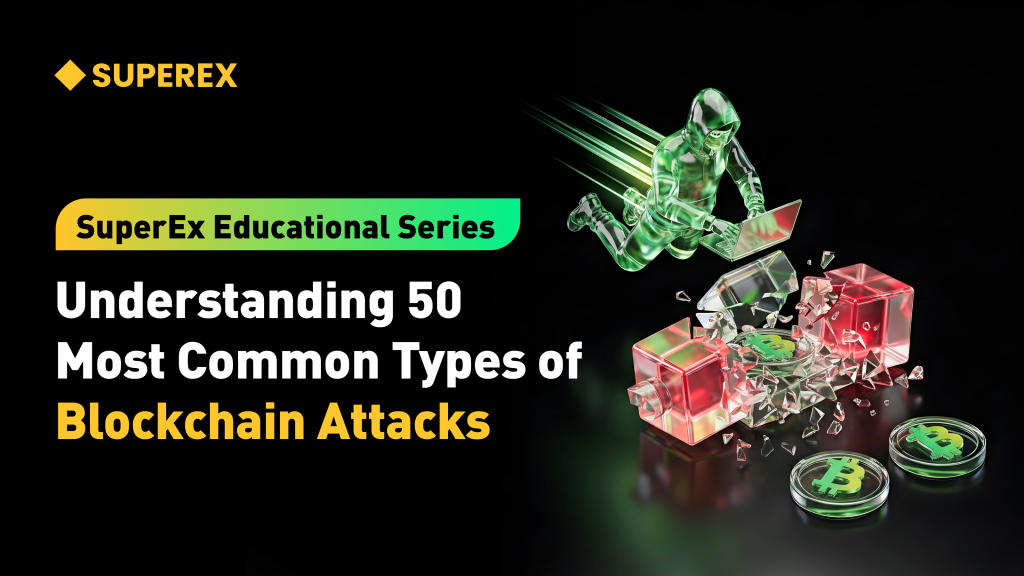
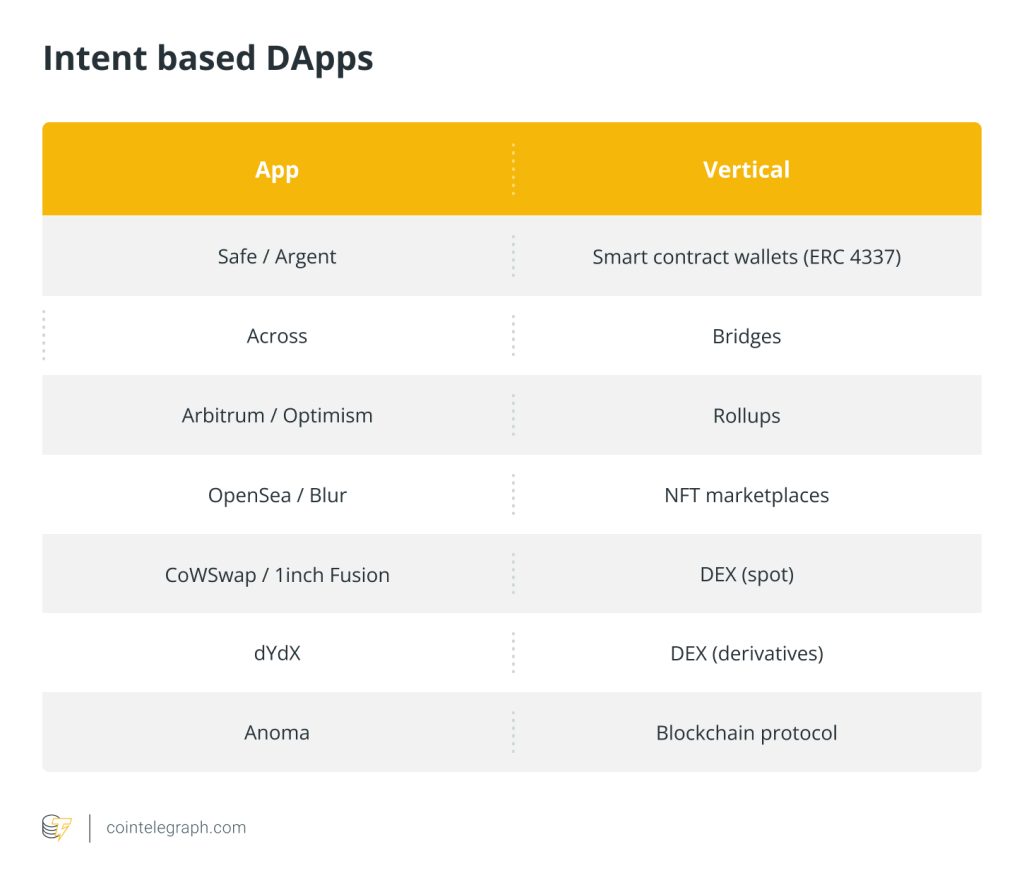
Responses